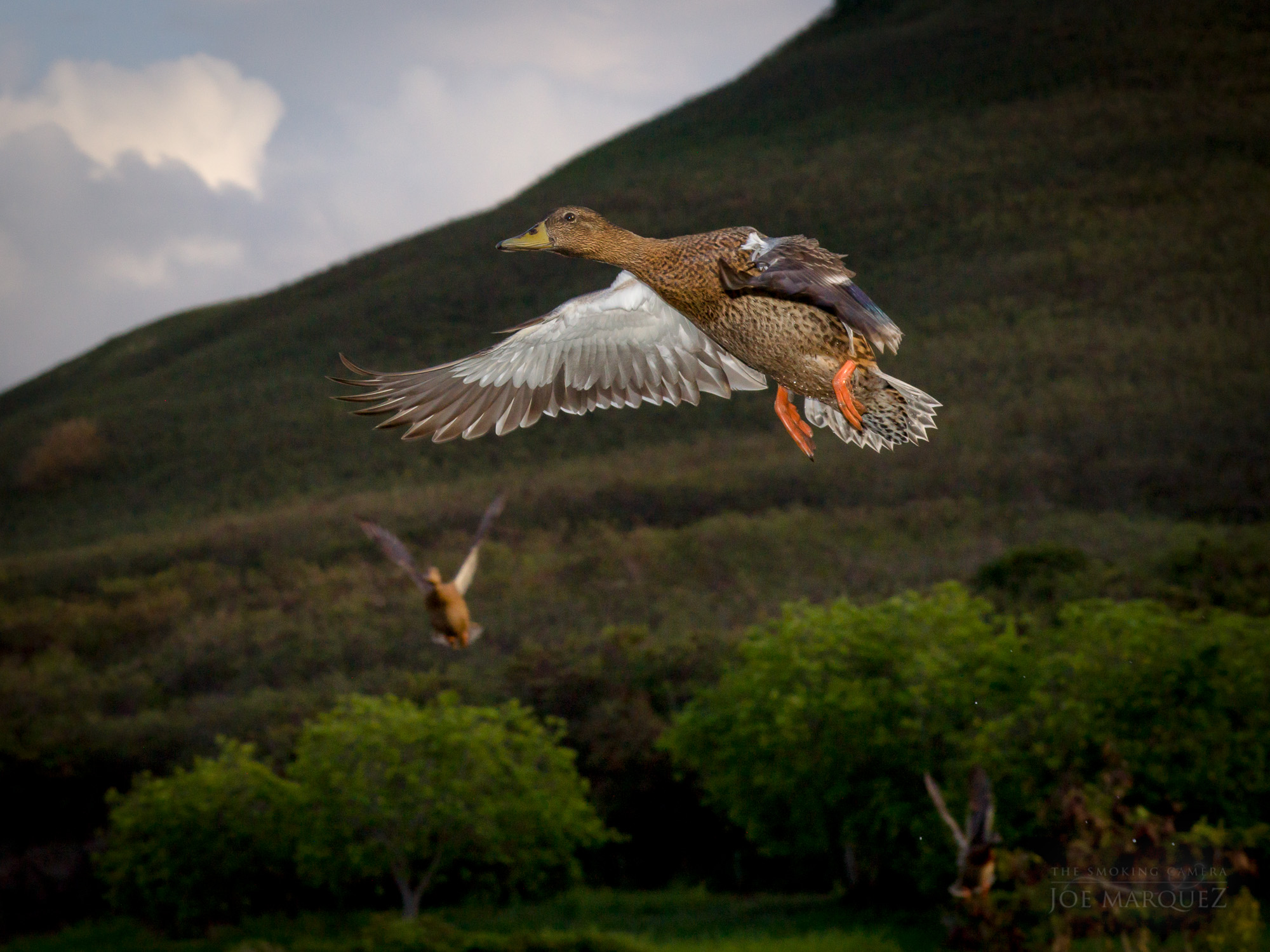
The Hasselblad X1D: Shooting Birds with the 90mm f/3.2 XCD Lens
by Joe Marquez
I don’t recommend shooting birds with the Hasselblad X1D medium format camera but if you’re near a marsh and it’s the only camera in your possession then you might be in for a pleasant surprise.
Last month I picked up the X1D and 30mm f/3.5 XCD lens and after shooting long exposures for a few days I knew this camera was for me. So I added the 90mm f/3.2 lens for a little more reach. My intent was to use this diminutive Hasselblad for all my photographic needs with the exception of surfing and birds. Well that was the plan.
Why birds?
My long exposure photography in Hawaii requires clouds, wind and good visibility (in the near future I hope to do a long exposure write-up and post a few photos here on Steve Huff Photo – my all-time favorite review site). Unfortunately, over the past couple of weeks wind has been minimal and visibility poor due to vog. Vog is the volcanic equivalent of smog. It’s caused by gas and particle emissions from the active Kilauea Volcano on the Big Island. When vog is present the result is island-wide haze.
So instead I decided to have fun and try a little bird photography with the X1D and 90mm lens.
Over a two week period I visited the Kawainui marsh on the windward side of Oahu. This is my favorite location for Black Crowned Night Herons and other local marsh birds. I normally bring a Nikon D500 and zoom lens extending out to 600mm. I’m certain the resident birds were amused by my new camera selection. The X1D lacks continuous autofocus, shoots at a blistering 2 fps, has a shutter speed limit of 1/2000 sec and the 90mm lens on a medium format camera has more than 10 times less reach than a 600mm lens on my Nikon’s DX sensor. The marsh was filled with birds cackling.
A Pacific Golden Plover, or Kolea as known in Hawaii, was quite curious, walked over to me and gave me a quizzical look. I focused on the this little bird and pressed the shutter. Fortunately, the autofocus on the X1D is surprisingly snappy and accurate – not D500 snappy but more than adequate. The 90mm lens at f/5.6 produced nice subject isolation and pleasant bokeh. Seemingly satisfied the Kolea turned and flew away.
On the other hand, the ducks were not curious at all and kept their distance. If a duck was stationary I would get as close as possible and shoot wide open. At f/3.2 the 90mm Hasselblad lens seems plenty sharp and the background is quite pleasing. This is best exemplified by the duck standing at the water’s edge of the marsh. By the way there are no hexagonal balls in this photo.
Now photographing a bird in flight is a different matter and requires an entirely different process. In-flight photography requires observation and luck. I spent a fair amount of time watching the ducks, trying to anticipate landing and takeoff moments. I used zone focusing which is simply pre-focusing to an appropriate distance. Also, I stopped down more than I prefer, but needed that extra depth of field for my inevitable errors and slow reaction time.
Significantly, the X1D utilizes a leaf shutter and can sync flash at 1/2000 sec. So for a few of my shots I took advantage of this feature and attached a Nikon SB-5000 speedlight. Well done Hasselblad. I manually set the flash to low power and waited.
How did it go?
I did get lucky more than once. At 1/2000 sec the X1D captured some nice duck in-flight moments. And the synced flash added just enough light to provide some extra punch. By pre-focusing and panning I also managed to capture some speedy duck fly-bys.
Now it was time to flex the muscles of the X1D and try to capture some Black Crowned Night Herons or Auku’u as they are known in Hawaii.
These birds are more skittish than ducks and keep a considerable distance – except when hunting for fish. They also test one’s photographic patience by remaining in place for up to an hour before suddenly taking flight.
With considerable patience, I managed to photograph a few herons either perched, hunting and/or eating. However, I was most pleased with the in-flight images during takeoff and landing. At no faster than 1/2000 sec these captures on an X1D can never be tack sharp, however motion blur sometimes produces a more dynamic image. I even managed to capture a juvenile heron with its odd mottled look as it flew above.
And, oh, that medium format sensor.
The X1D produces 50 megapixels of high dynamic range imagery. This allows for plenty of post processing latitude and significant cropping. And even after heavy cropping, which is the case for all posted photos, the results are more than acceptable. And then a thought occurred to me – how sweet would a 100 megapixel sensor on an X2D perform. The medium format future looks promising IMHO.
As the sun was setting and sky darkening I did take one last photo of a flock of egrets overhead. This required shooting at iso 1600 and most definitely pushed the limits of the X1D. But again, this camera surprised me and did a decent job producing yet another cool bird image.
So what’s my conclusion?
Very simply, for serious bird photography, the X1D is no match for a modern DSLR and super telephoto lens. The X1D suffers from too many limitations – no continuous autofocus, 2fps, a 1/2000 sec shutter speed limit and not enough reach. These limitations precluded my photographing smaller more distant marsh birds such as the Hawaiian Stilt. Nevertheless, if one happened to fly nearby I wouldn’t hesitate giving it my best shot with an X1D – just for fun of course.
Aloha.

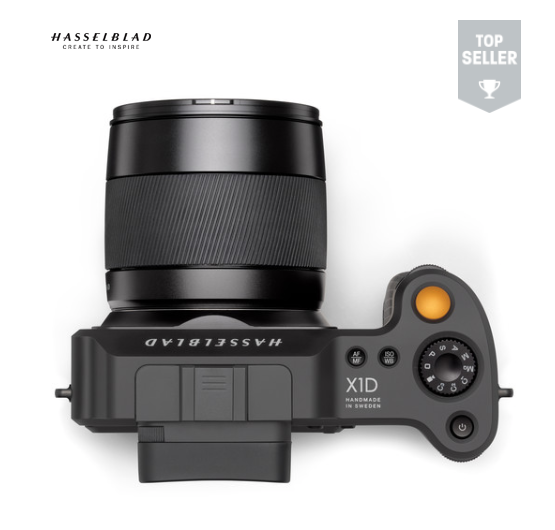
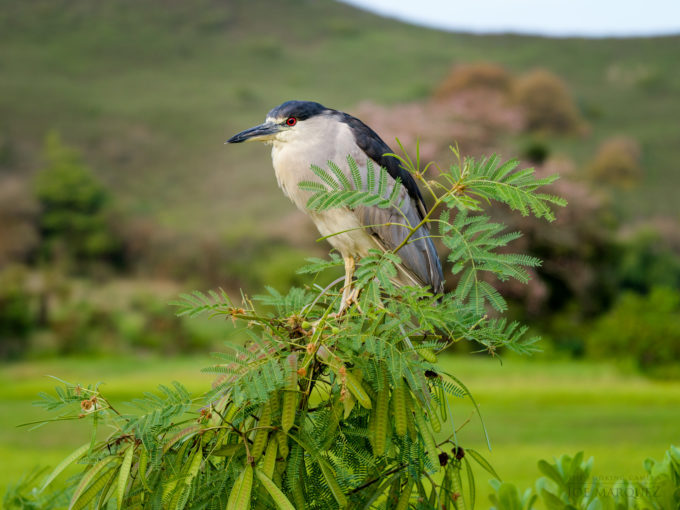
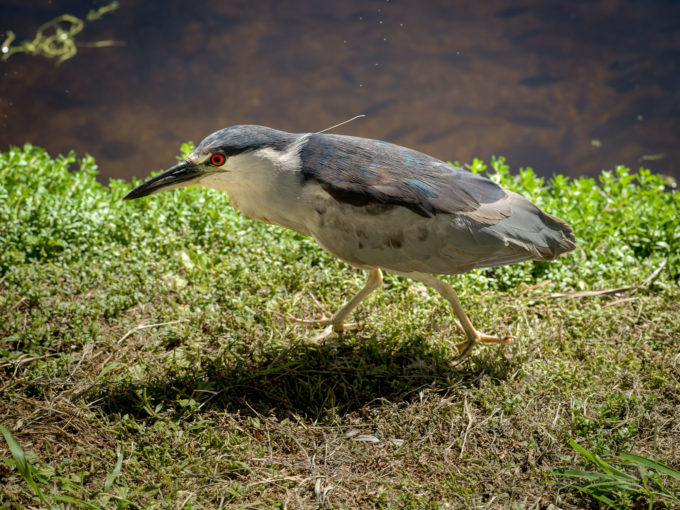
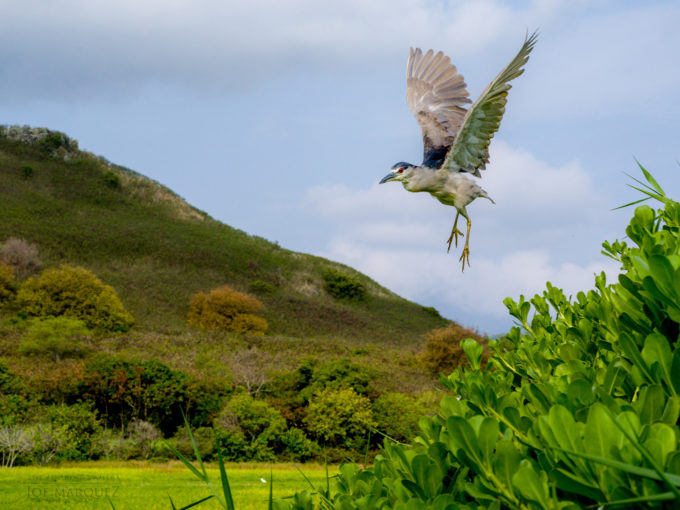
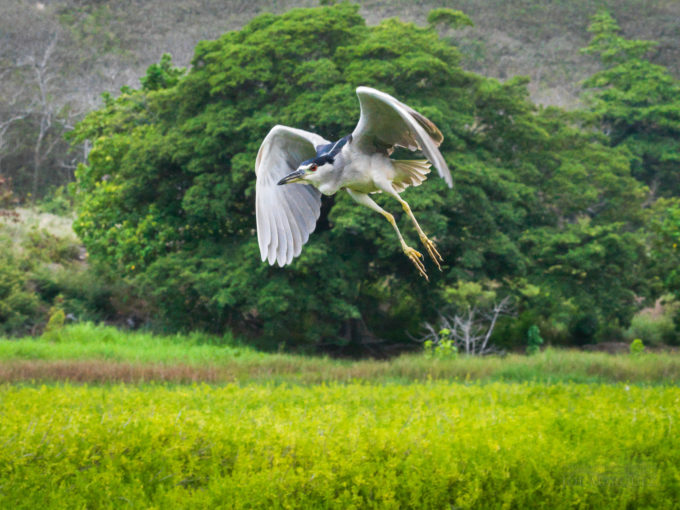
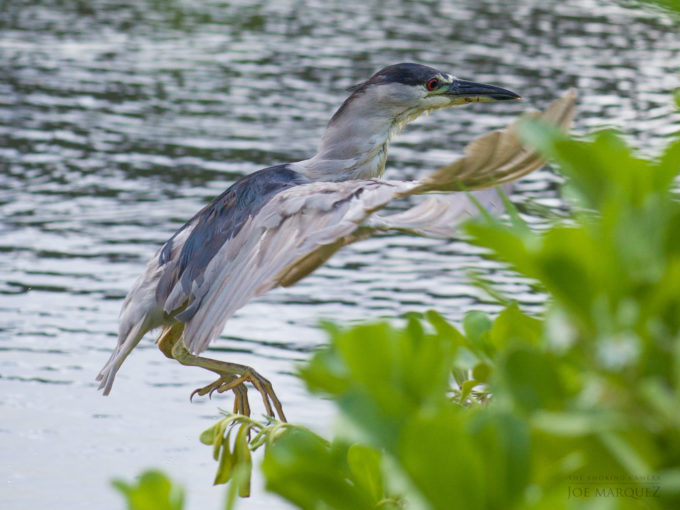
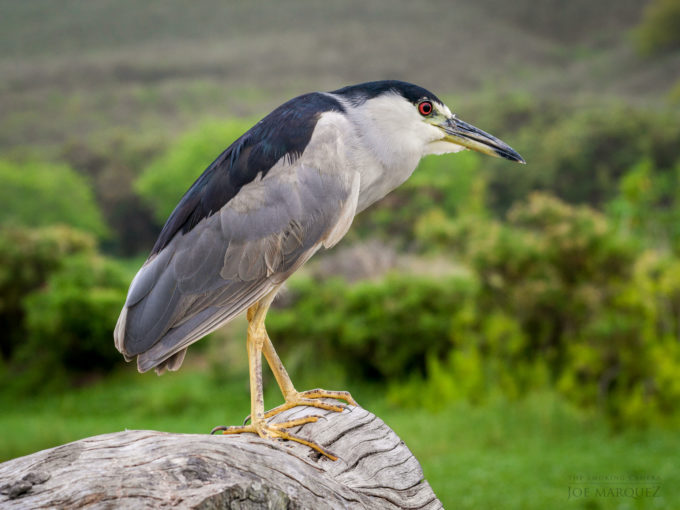
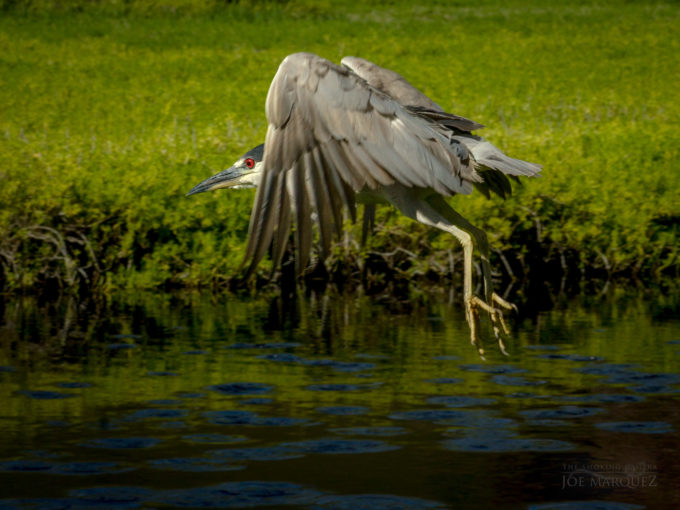
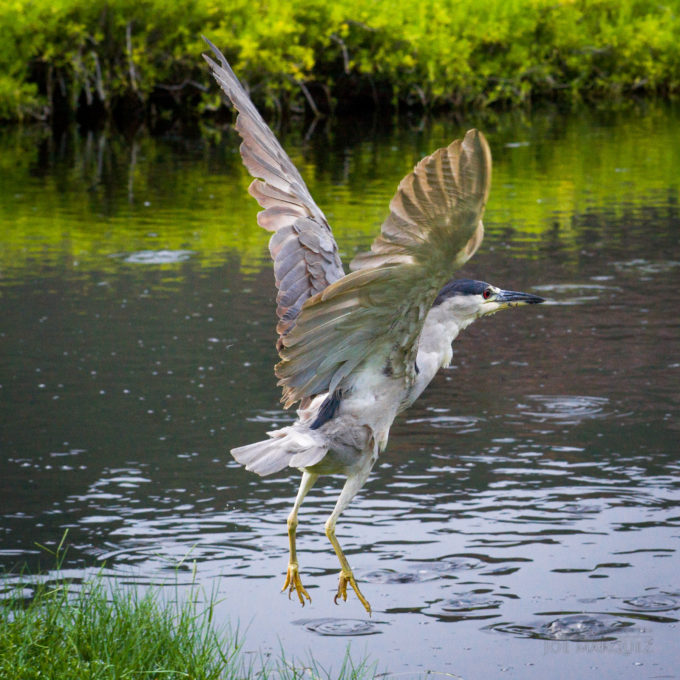
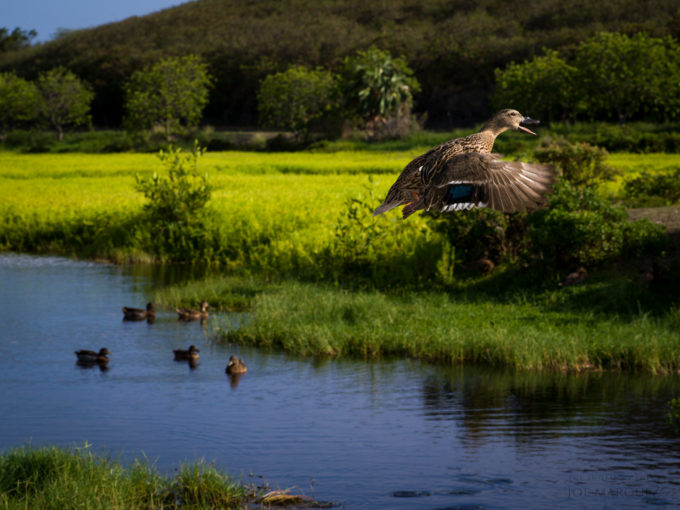
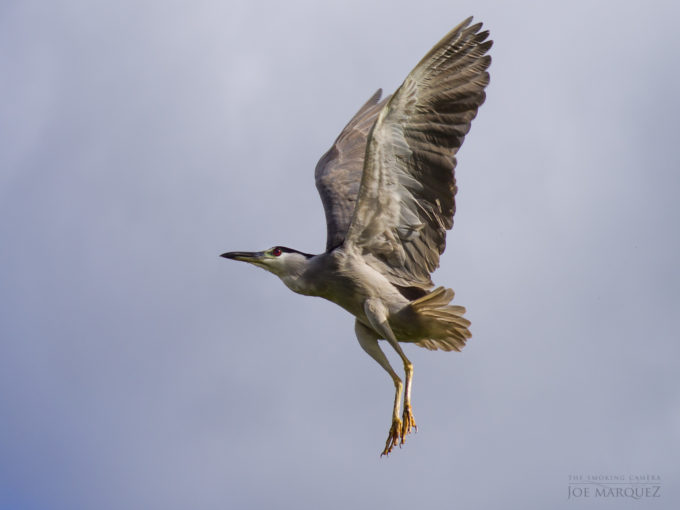
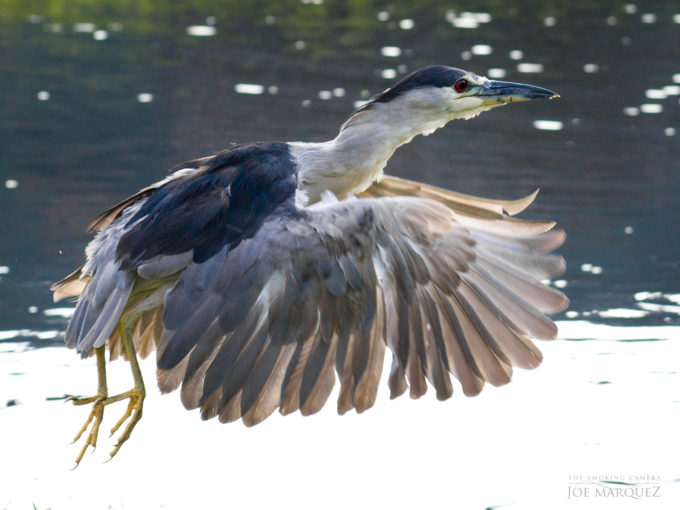
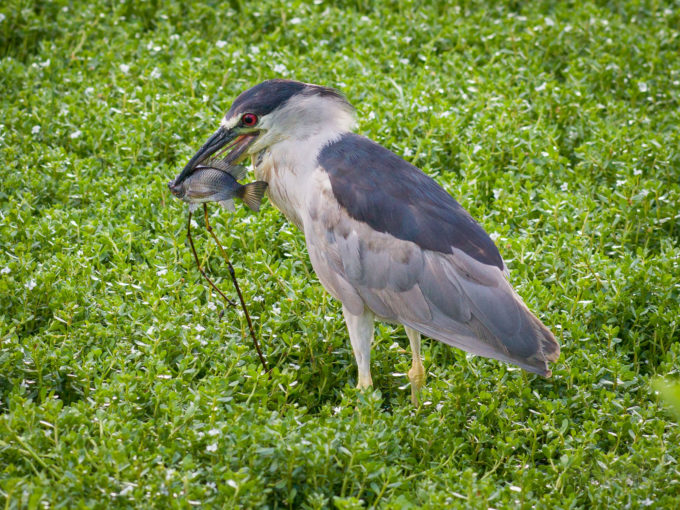
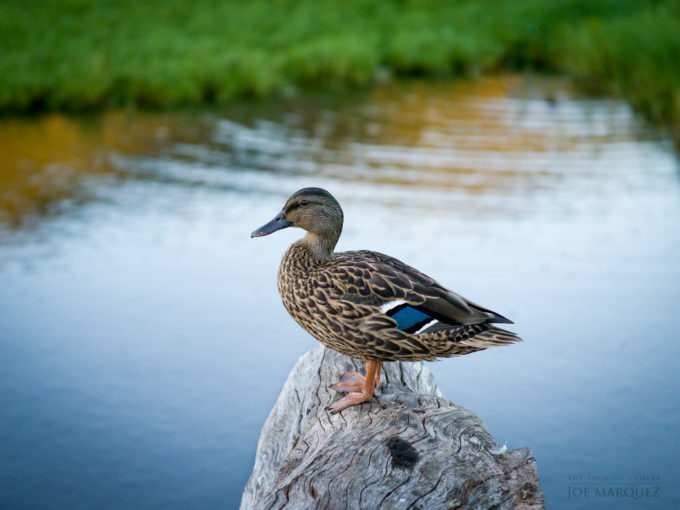
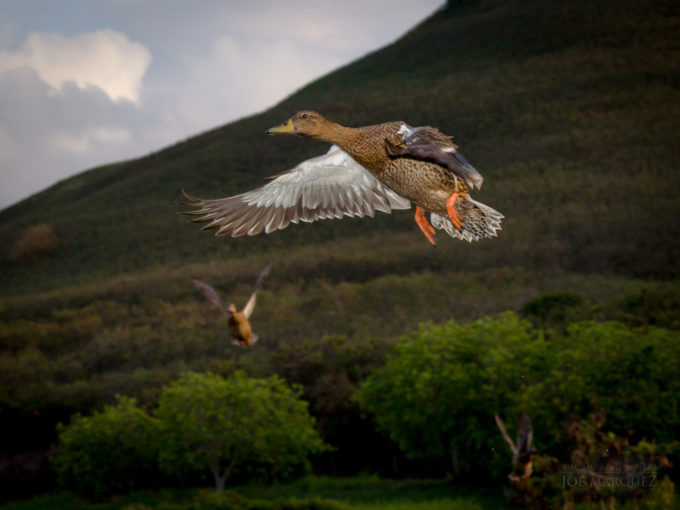
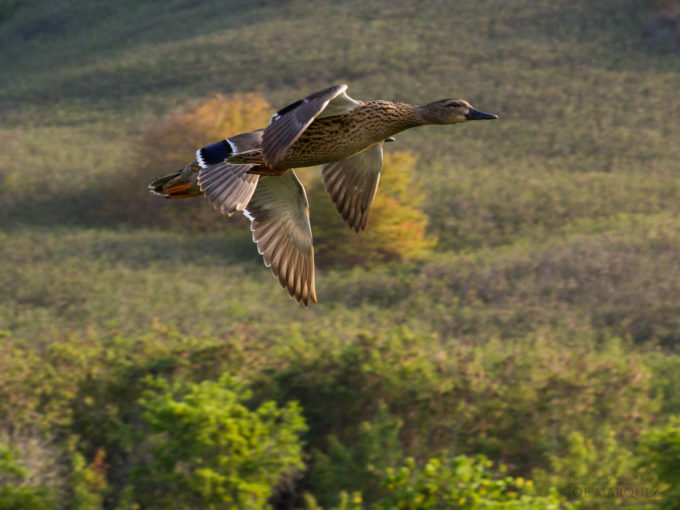
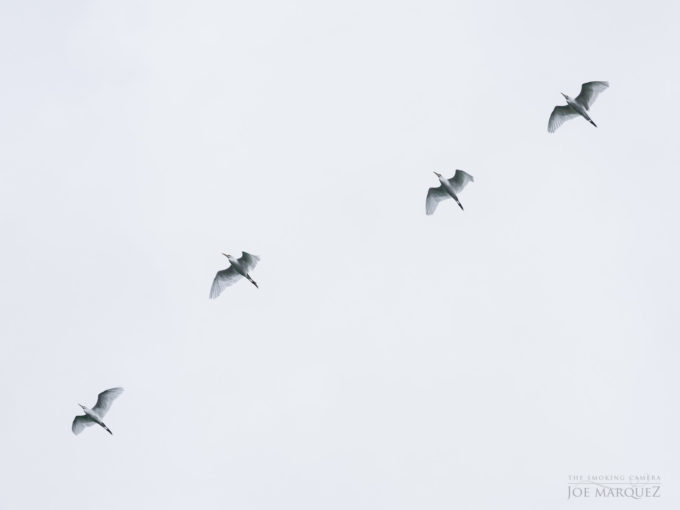
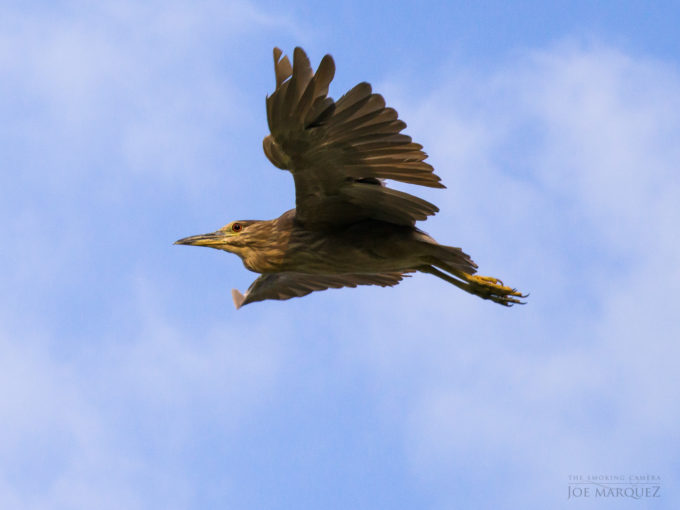
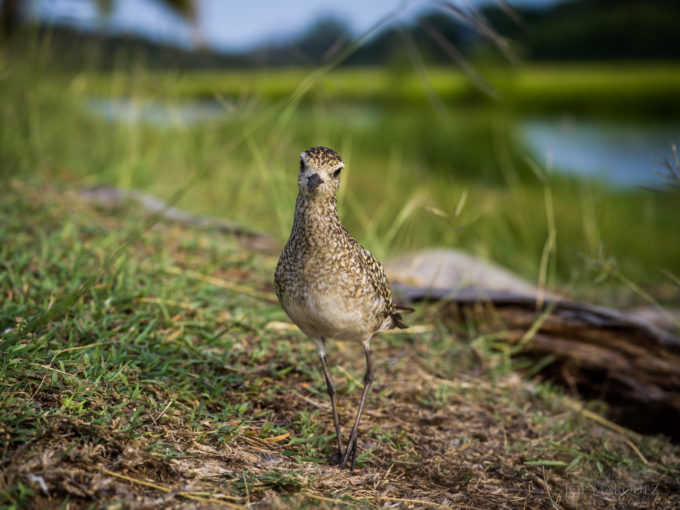


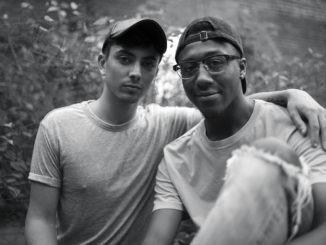
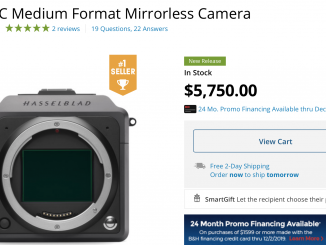
The pictures of those mallards would have me reaching for my Maxus rather than an X1D!
Nice images, though duck breast, cooked medium rare, with an orange and Grand Marnier reduction, mushroom risotto, a tamarillo chutney and jersey benne potatoes has more appeal!
I’ll admit, I did get caught up in the MF hysteria that was going on here for a couple of weeks as the author realized his dream of owning a Hassey 😉 I went back and forth several times as to the merits of MF vs FF. Ultimately, my love for Zeiss glass prevented me from acquiring an X1D. My A7RII and Zeiss glass is hard to beat. Still though, MF detail in landscape shots can be intoxicating, especially when stopped down. So I picked up a Pentax 645Z dirt cheap compared to the Hassey. Itch scratched 😉
This is such a cool post. As much as the camera (or probably more), this post says a lot about the brilliance of the photographer. Well done
Wow, I love the sitting birds (duck and heron) on the dead wood! Your flickr page has been pretty silent recently, too busy? 🙁
Thanks for the nice pics!
Never mind the pros and cons of the camera (interestng of course) – you’ve really given us a treat here showing us things which many of us do not even see with our own eyes! As an image, I like the almost zen-like quality of your four birds diagonal oagainst a light sky.
Just to clarify.
Most of the in-flight photos are heavily cropped – and many are close to 100% crops. A 90mm lens just does not have enough reach. However due to the superb 50 megapixel sensor and sometimes a bit of high speed flash, I was able to capture some nice action images. Hope that helps.
Great images Joe! Your opinion… when you shoot birds with your DSLR, at any given size can you see the difference in dynamic range compared to the X1D and do you feel the cost difference is worth the perceived difference?
Thanks Chris.
Yes, without a doubt, the X1D has better dynamic range than the D500 which is considered one the best birding cameras currently available. There are white feathers around the head of the heron which are typically blown out when sunlit. Not so with the X1D. I was very impressed. Check out the two images of the perched heron. Cost difference is irrelevant here cause birding is not the reason I bought this camera. Birding is just a bonus feature.
Thank You Joe,
A DSLR with a long Tele would have made better results, I think (Of course, the subjects were not too far away)
I have a question : Do you think a full frame format with 50Mp sensor would have more cropping capabilities (Keeping details) than a 50 Mp Medium format sensor ? (Due to the fact that on the 35mm Full Frame sensor, the density of the pixels is higher than that on the MF) … Or, on the contrary, may be, the cropping capability could be better on the MF than on the FF (Even though having the same count of MegaPixels) ?
This is a question I cannot answer with certainty so far.
Thank you again for these fantastic pictures taken with a camera normally not meant to this kind of photography.
Best Regards Jean-Philippe
Correction of my words : I wanted to say … « A DSLR with a long Tele would NOT have made better results, I think» Jean-Philippe
Thank you Jean-Phillipe.
It really comes down to how much of the frame is taken up by the bird.
And this has more to do with lens. For very distant birds (or any subject for that matter) an X1D at 90mm is no match for a modern DSLR with a supertelephoto lens.
My point is that despite not having the right camera and lens, the X1D with it’s superb sensor, nice optics and ability to sync flash at 1/2000 could still produce cool action shots of birds in flight.
Would have never thought this was possible unless I tried it myself.
I’d like to see how this stands up to the new Sony RX10 iv.
IN what way? Speed? No contest, Sony wins. Versatility? Sony wins. IQ? X1D wins, as it is not even a contest. The Sony has a 1″ sensor, average DR and good but now great color performance (due to the limited sensor size). The X1D has a medium format sensor. The Sony is good for those who want speed, video, versatility and a zoom all in one contained camera. The X1D is a medium format camera made for portraits, landscape, still life, or even street…or when you want the ultimate in image quality, dynamic range and color performance. The RX10 IV is like a RX100 pocket camera with a zoom lens and more speed. Both have their place and both have their pros and cons but the Sony will excel for those who like to shoot action, or video, or run and gun type of shooting. The X1D is for the slower page, Leica style, more artistic side of photography. Here, Joe used it in a way that it really is not made to be used, but he did it very well ; ) Just as he said, I would also say the X1D is not an ideal action camera.
Also, the hit rate would be 20 to 1 in favor of the RX10 IV 😉
For birds, of course! As it should.
I would love to shoot birds with the Sony Rx10 iv. Seems awesome.